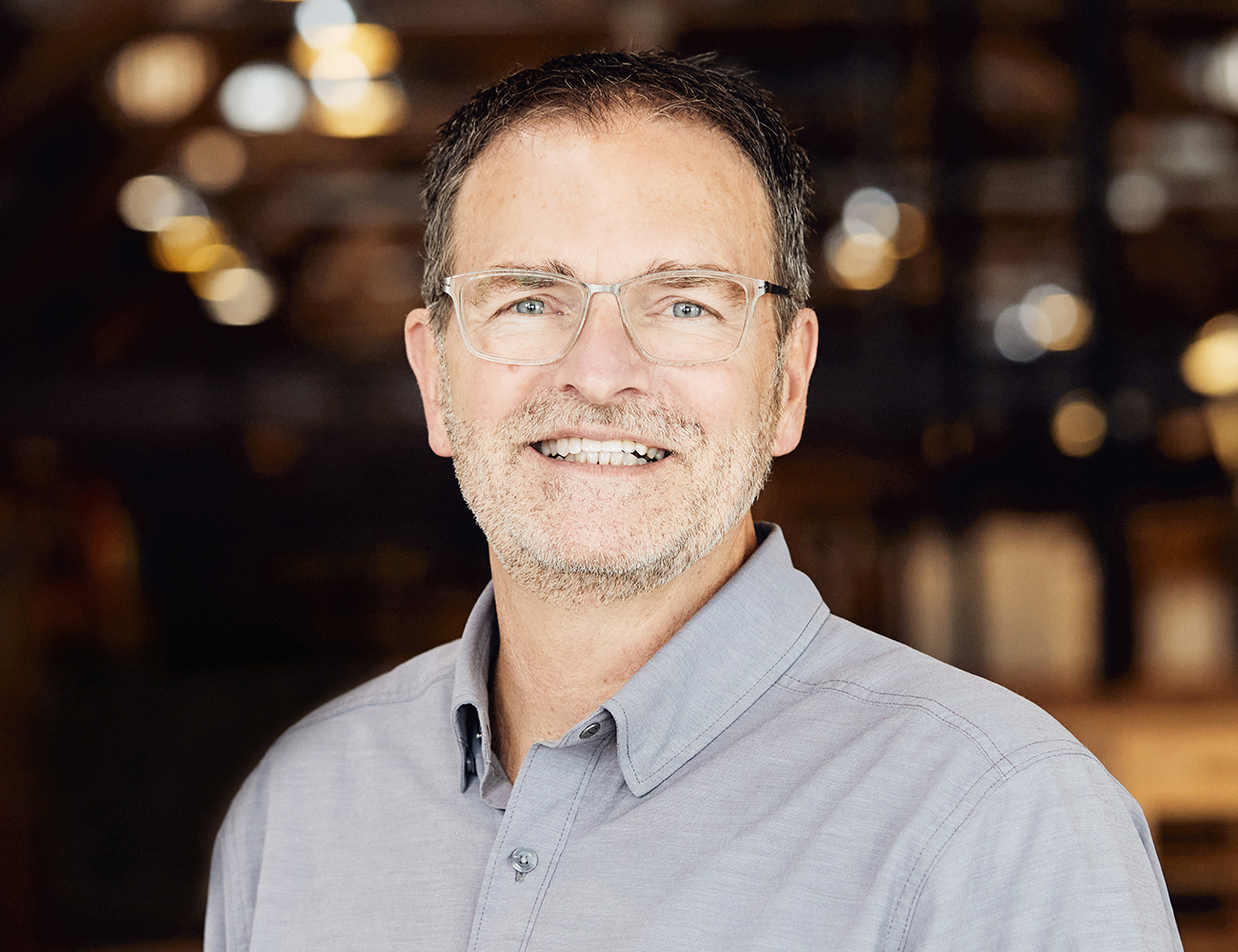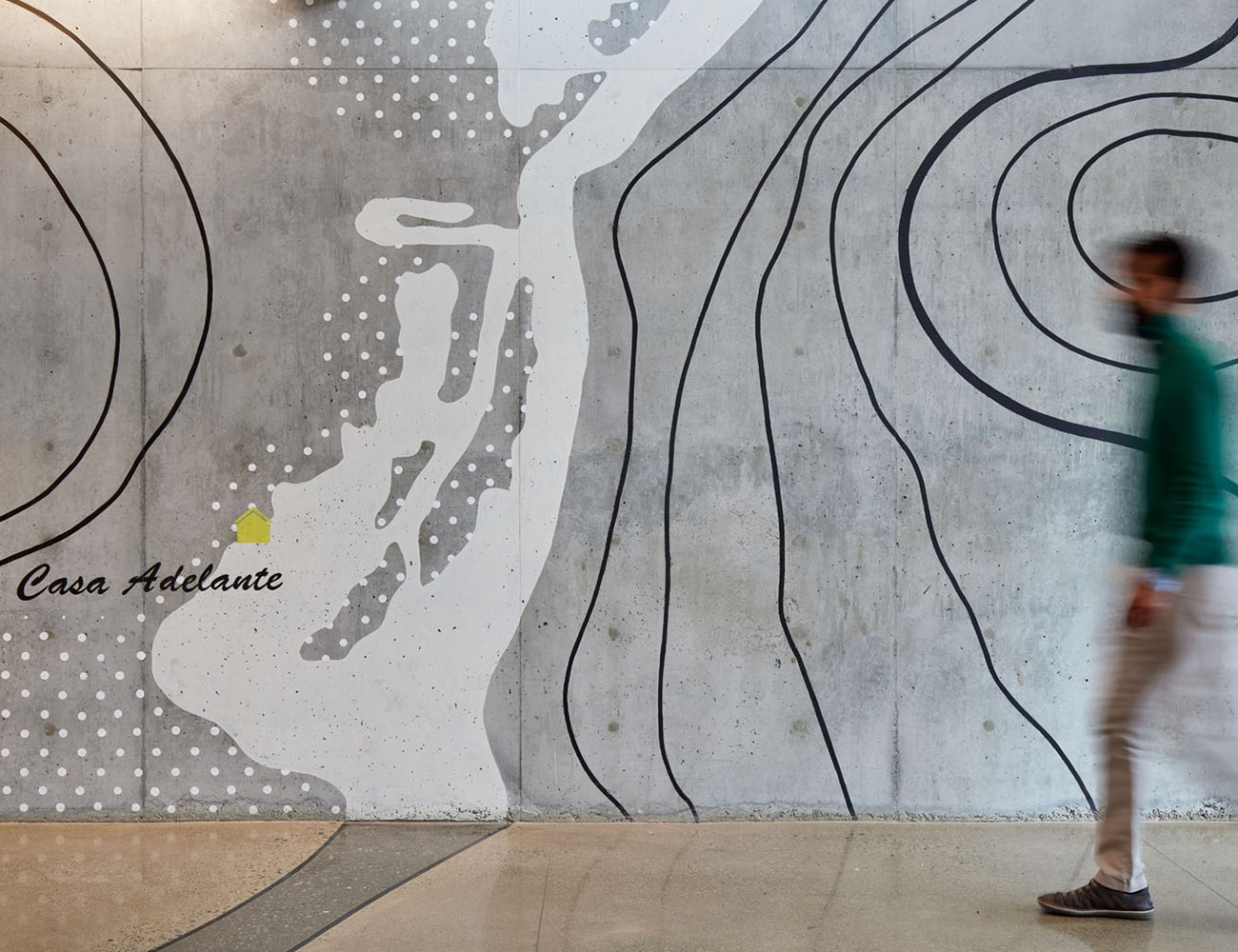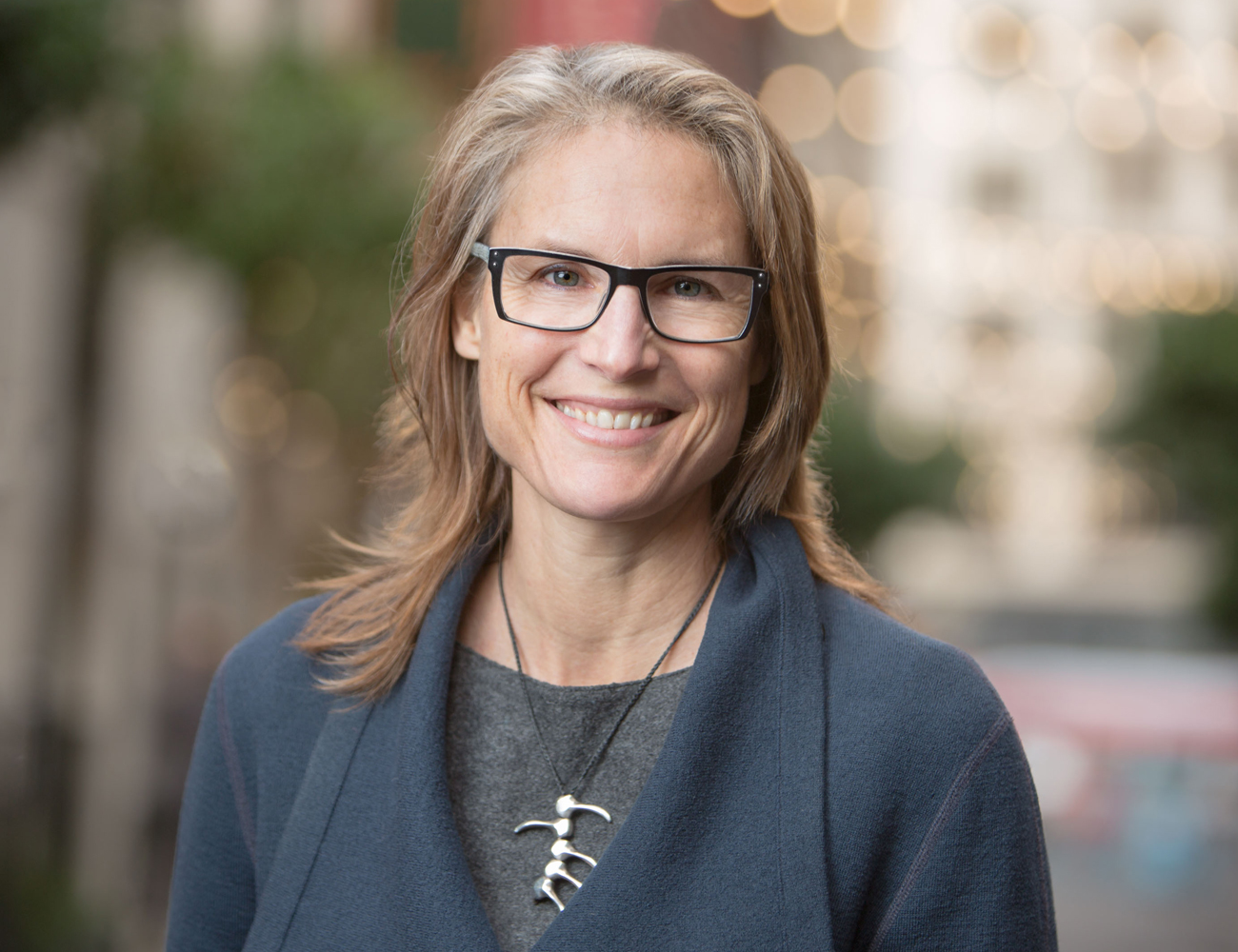Wishing everyone a relaxing and sun-filled holiday weekend! At UC San Diego Nuevo West, large community lawns create an inclusive vibe, inviting residents to engage in active games, study or simply linger among friends and neighbors. Outdoor amenities include abundant bike paths and storage, shared barbeque areas, a shaded hammock garden for lounging, and community gardens for cultivating food and relationships. LEED Gold certified. Design-build delivery in collaboration with Hensel Phelps. 📷: @brucedamonte
Posted: 07.02.2022












